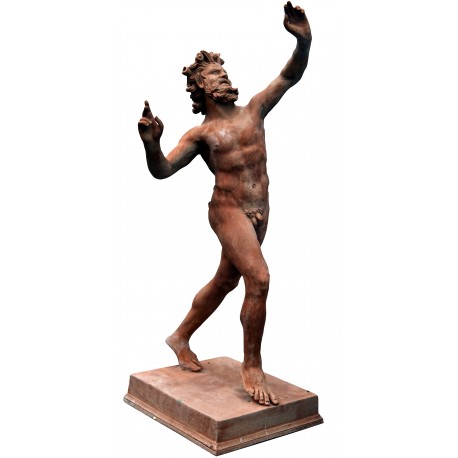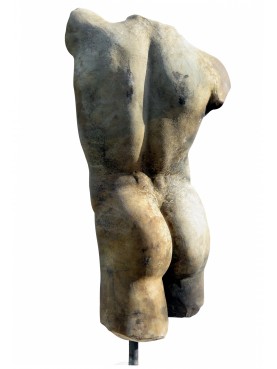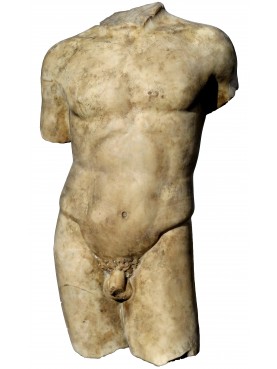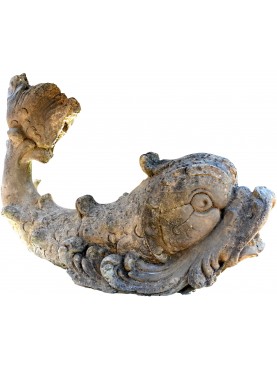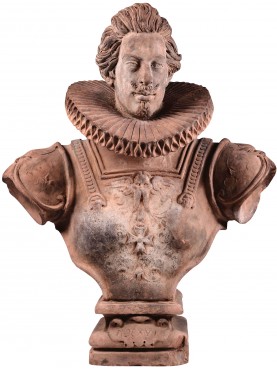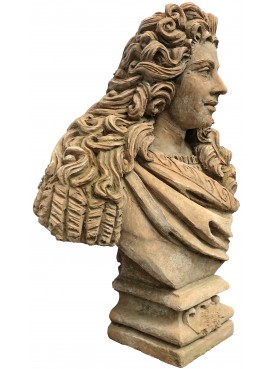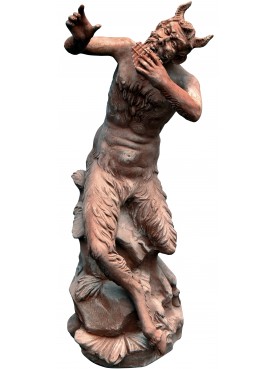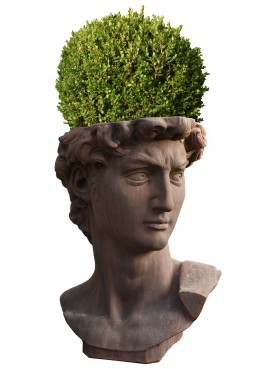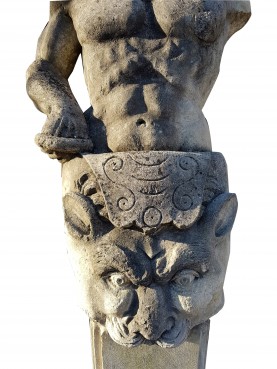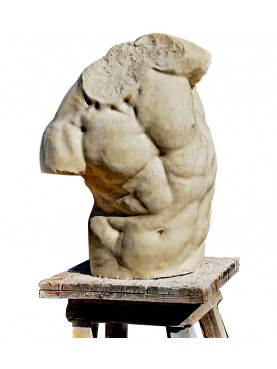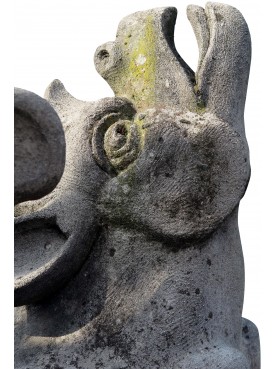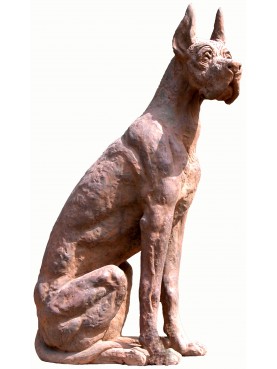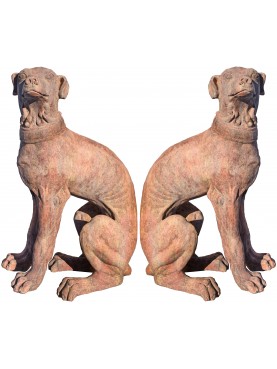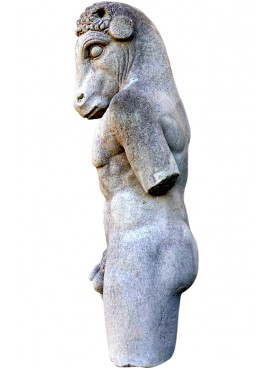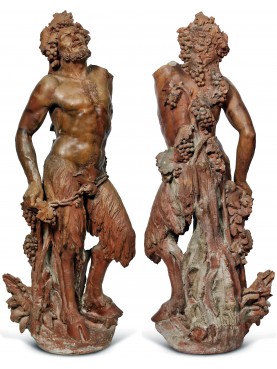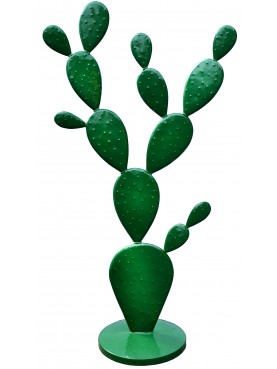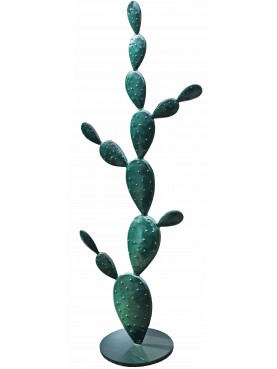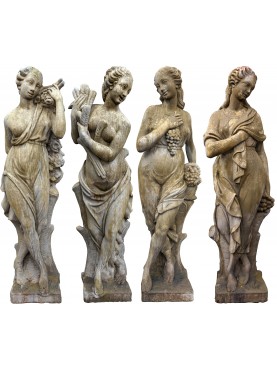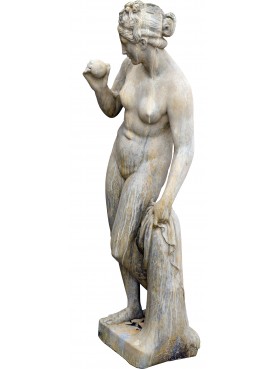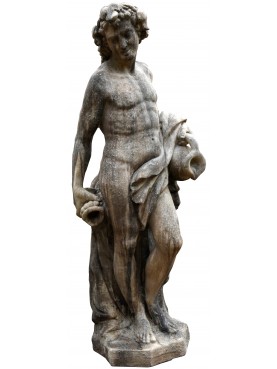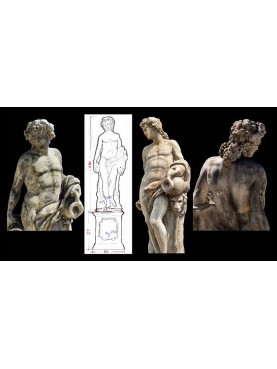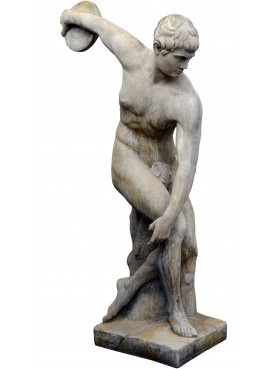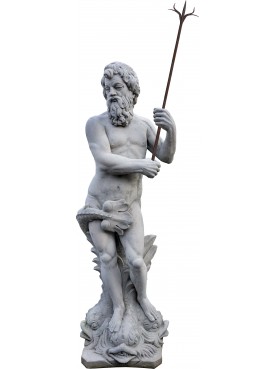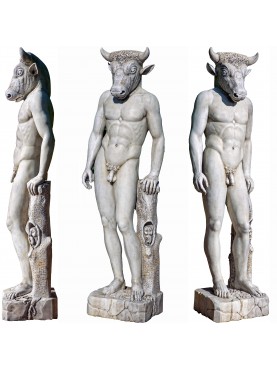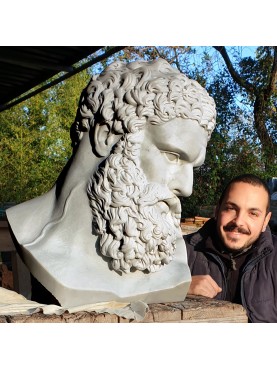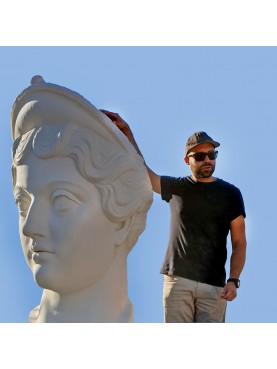Pompei Faun - Terracotta - repro 1:1
Pompei Faun - Terracotta - repro 1:1
3873
New
Patinate terracotta reproduction of the mythological "faun"
reproduction 1 : 1
1 Available
Data sheet
| Height | 26.77 in | 68 cm |
| Width | 11.81 in | 30 cm |
| Depth | 11.81 in | 30 cm |
| Weight | 19.84 lbs | 9 Kg |
| Square base | 9.84 in X 9.84 in | 25 X 25 cm |
| Manufacturing | Toscana / Tuscany | |
| Material | Terracotta Impruneta (Florence) | |
| Note 01 | Terracotta patinate |
More info
The House of the Faun (Italian: Casa del Fauno), built during the 2nd century BC, was one of the largest and most impressive private residences in Pompeii, Italy, and housed many great pieces of art. It is one of the most luxurious aristocratic houses from the Roman republic, and reflects this period better than most archaeological evidence found even in Rome itself.
The House of the Faun was built in the 2nd century BC during the Samnite period (80 BC). There is evidence, most notably in the eastern walls of the tetrastyle atrium, that after the great earthquake in AD 62, the House of the Faun was rebuilt and/or repaired; yet, the building was only used again until AD 79, ultimately rendered unusable by the eruption of Mount Vesuvius. Although the eruption was devastating, the layers of ash covering the city preserved artworks, like the mosaics of the House of the Faun, which would have otherwise been likely destroyed or decayed due to the passage of time.
The House of the Faun was named for the bronze statue of the dancing faun located, originally, on the lip of the impluvium, a basin for catching rainwater; it has been moved to the center of the impluvium, as seen in the adjacent picture. Fauns are spirits of untamed woodland, which literate and Hellenized Romans often connected to Pan and Greek satyrs, or wild followers of the Greek god of wine and agriculture, Dionysus. It is purely decorative sculpture of a high order: "the pose is light and graceful," Sir Kenneth Clark observed, the modeling well understood, the general sense of movement admirably sustained," though he missed in its suavity the stimulus of sharper contrasts to be found in Renaissance nudes.
Archaeologists discovered an inscription bearing the cognomen Saturninus, suggesting that the dwelling was owned by the important gens, or clan, Satria; a ring bearing the family name Cassius was also found, indicating that someone of the Cassii family married into the gens Satria and lived in the House of the Faun.
The House of the Faun was initially excavated in 1830 by the German archeological institute.

